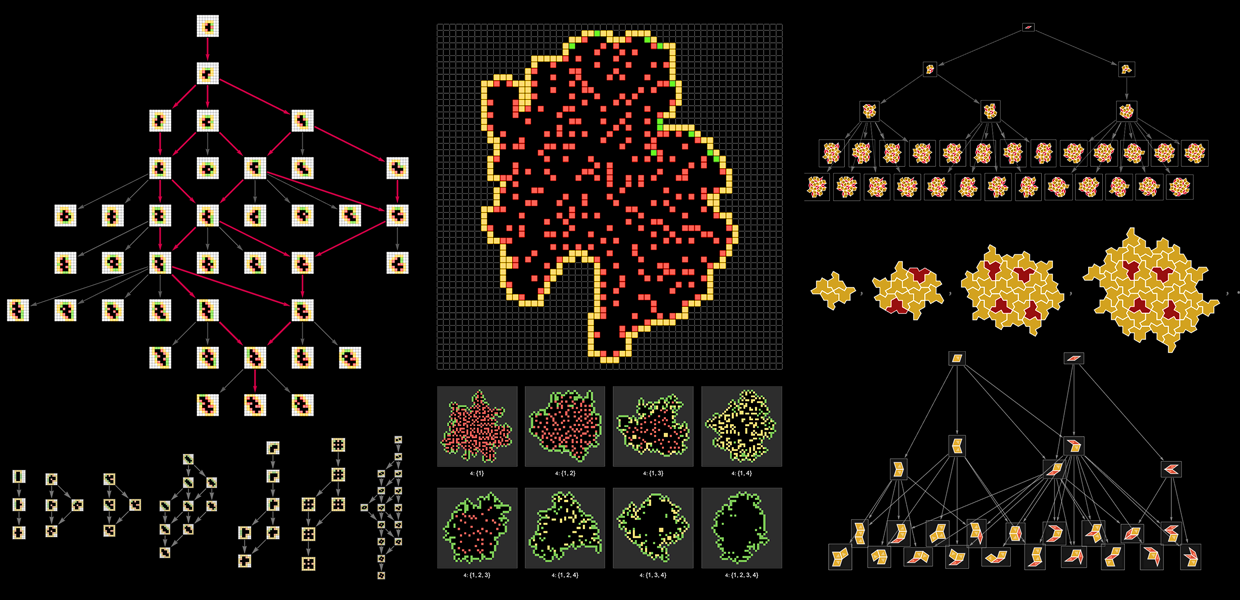Updated and expanded from a post for the eclipse of August 21, 2017.

Preparing for April 8, 2024
On April 8, 2024, there’s going to be a total eclipse of the Sun visible on a line across the US. But when exactly will the eclipse occur at a given location? Being able to predict astronomical events has historically been one of the great triumphs of exact science. But how well can it actually be done now?
The answer is well enough that even though the edge of totality moves at just over 1000 miles per hour, it’s possible to predict when it will arrive at a given location to within perhaps a second. And as a demonstration of this, for the total eclipse back in 2017 we created a website to let anyone enter their geo location (or address) and then immediately compute when the eclipse would reach them—as well as generate many pages of other information. Continue reading










